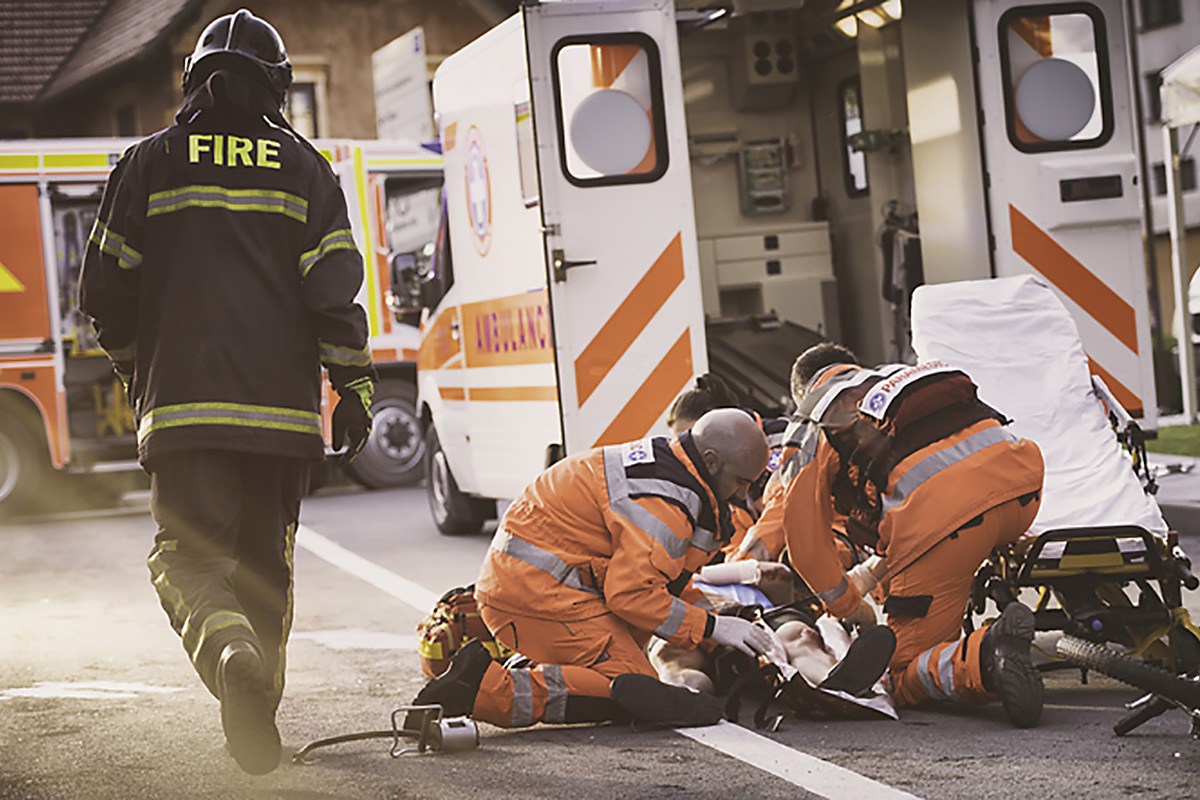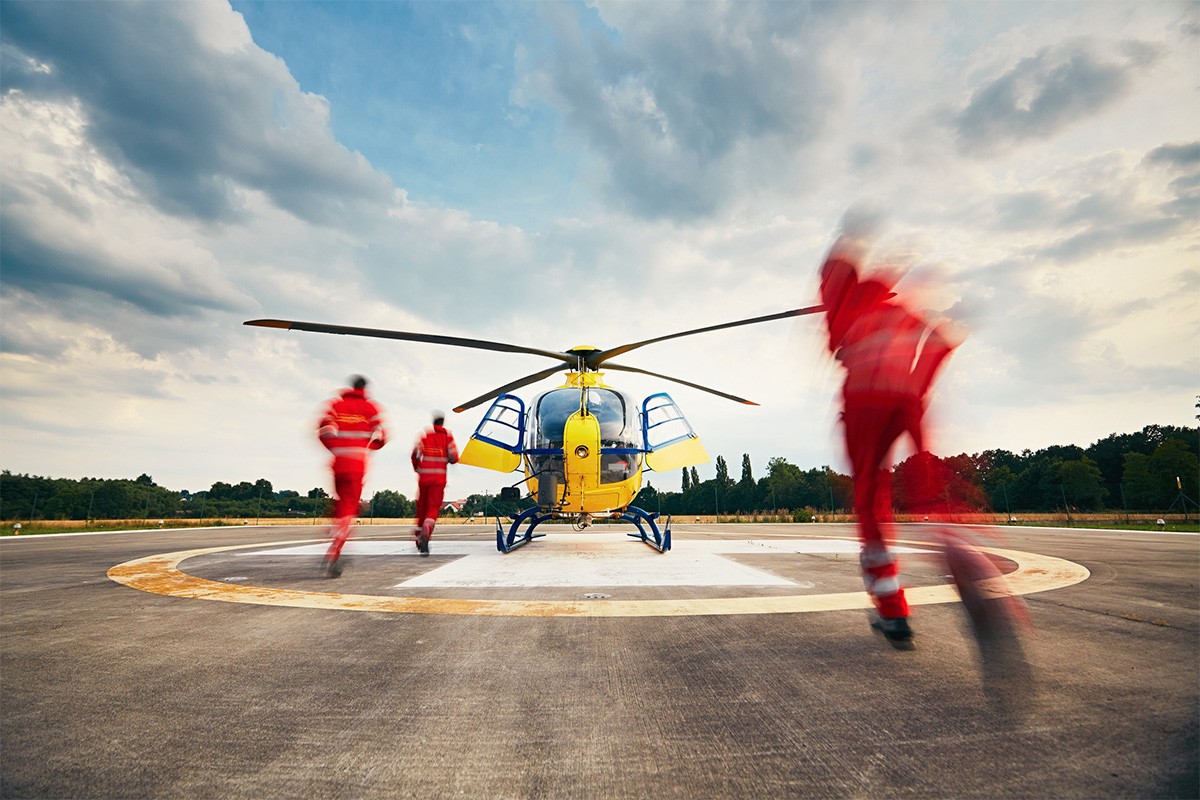The following is an updated version of an article originally published on ColumbiaSouthern.edu and written by retired fire chief Gary E. Seidel.
Information plays a vital role in emergency response. Emergency medical services professionals are constantly collecting information from the initial call and the scene once they arrive. In many cases, information that may not seem relevant at first glance proves to be a key piece of the puzzle and a determining factor in the response.
Successfully gathering adequate information for emergency response and remaining safe in the process requires keen observational and processing skills, both immediately and as the call progresses. In this article, we explore situational awareness and why it’s the foundation of EMS strategy.
What is Situational Awareness in EMS?
According to Rommie Duckworth, fire captain and EMS coordinator for Ridgefield Fire Department in Connecticut and founding director of the New England Center for Rescue and Emergency Medicine, situational awareness in EMS is defined by six steps:
- Perceive the scene for critical clues.
- Process the information gathered to develop an initial mental model of the scene.
- Predict what’s going to happen if the responders don’t intervene.
- Decide how to most effectively respond.
- Act based on the known information.
- Communicate and coordinate with other members of the response team.
Why Situational Awareness is Important
The ultimate goal of situational awareness is to create positive outcomes while preserving the safety of first responders. Situational awareness is a key factor in avoiding line-of-duty deaths (LODD), so learning and implementing best practices can protect both patients and providers.
Practice also matters because certain situational awareness breakdowns, such as the effect of stress, are inevitable. With a defined process for evaluating a scene applied to every call, the likelihood of a positive outcome increases.
Situational Awareness in the Real World
First responders face many kinds of risks in the real world. Even seemingly benign calls can present dangers to EMS providers. With that in mind, some of the fundamentals of situational awareness include:
- Consistently checking and maintaining equipment.
- Developing defensive tactics to respond to attacks.
- Learning defensive driving techniques.
- Learning the behavioral recognition signs that a patient, their family or bystanders could be dangerous.
It’s also important to remain up-to-date on existing and emerging threats, including clinical issues and diseases, societal issues such as increased violence toward police officers in a certain area, and trends. For example, one of the effects of the opioid epidemic has been an increase in injuries and accidents involving first responders to overdose calls. Situational awareness requires understanding the volatility of these situations and being prepared to handle the risks inherent in responding to overdoses, such as exposure to communicable diseases.
First responders can also be targets for violence. In rare cases, a perpetrator will use any means necessary to inflict the maximum amount of injury or death upon their targets, regardless of who else may be hurt in the process. Criminals who engage in this form of violence deliberately create chaos and terror in order to achieve their goals, which may be to hurt a single person, multiple people, evade capture, or simply make a point via causing extreme trauma.
Avoiding such scenarios is a primary goal of situational awareness. First responders must always be aware of what’s happening on the scene and prepared to take action. When you’re focused on saving lives, it can be easy to become distracted or so focused on the victim that you miss developing hazards. Practicing and applying the steps to situational awareness, though, can prevent such tunnel vision and increasing safety.
Situational Awareness Training and Education
Ultimately, effective situational awareness requires ongoing, relevant training. Although first responders are often told to ensure a scene is safe before proceeding, it’s not always clear how to make a scene safe. Situational awareness forms the foundation of effective and safe emergency response.
Education is an important part of any EMS administrator’s background. For more information about earning an online degree in EMS administration, visit ColumbiaSouthern.edu/EMS.




